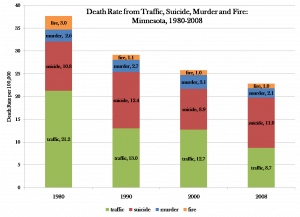 Getting to know the distinctive personalities of Minneapolis and St. Paul is one of the true pleasures of living in these twin cities. Take a summer stroll in each city, for example, and you’ll know why the Minneapolis Star-Tribune runs features like How I Got this Body, while St. Paul’s Pioneer Press instead offers up community fare like Sainted and Tainted.
Getting to know the distinctive personalities of Minneapolis and St. Paul is one of the true pleasures of living in these twin cities. Take a summer stroll in each city, for example, and you’ll know why the Minneapolis Star-Tribune runs features like How I Got this Body, while St. Paul’s Pioneer Press instead offers up community fare like Sainted and Tainted.
I love how the latter feature uses informal social controls to call out those who exemplify or offend community values. This being Minnesota, many features emphasize helping behaviors like snow shoveling and car-pushing. This being Minnesota, there are also a lot more saints than … well, I guess you would call them ‘taints.
For me, there’s no better start to the weekend than reading about a li’l or big act of kindness undertaken by my friends and neighbors. And, not being a big tsk-tsker, I usually get a chuckle out of the “tainteds” as well. Here’s the basic format:
SAINTED
Belated thanks to the couple who took the time to help me, a total stranger no less, with a flat tire in the Lino Lakes Kohl’s parking lot. They not only filled my tire with air, they led me to the Wal-Mart auto store, which I know was out of their way, to make sure I got there safely. They just drove off and I never got to thank them.
SUPER TAINTED
I collect for snow plowing an alley in the Como area. Sainted to the people who pay without question; tainted to the few who think I am a big bother; and a super tainted to the couple who “bought a house and not a neighborhood; we don’t care what happens to everyone else.”
Ouch! Now that’s a profoundly un-Minnesotan attitude about both snow removal and neighboring. My friends and neighbors also tend to dwell on the positive aspects of their stories — relegating their own very serious troubles to the background:
SAINTED
Several weeks ago, Air Force Tech. Sgt. Aime Dahl, James Magee and Erin Courtney quickly responded when they saw a medical emergency involving my husband. They calmly and professionally did everything they could to try to save his life. They truly deserve to be sainted.
It is getting tougher and tougher for the twin cities to support two independent dailies, but I’ll lobby hard to save Sainted and Tainted if a merger is really inevitable.

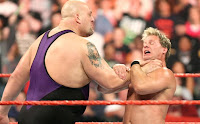
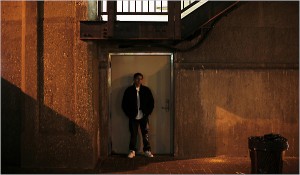



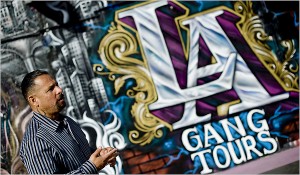

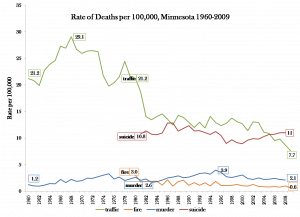 [
[